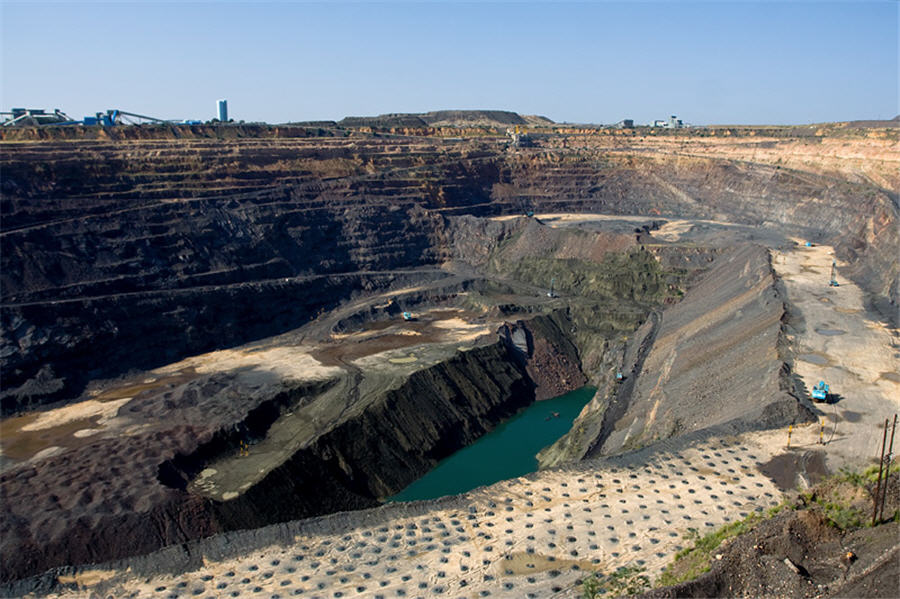De Beers to spend US$1 billion in Botswana mine expansion


De Beers, the world's largest diamond producer by value, said on Wednesday it’s going ahead with a planned US$1 billion investment to extend the life of its flagship Jwaneng mine in Botswana by moving operations underground.
The decision comes amid ongoing weak conditions in the global diamond market, which saw prices for wholesale polished diamonds dropped by 20% in 2023, dragging down with them rough diamonds.
The Anglo American (LON: AAL) unit and the government of Botswana, which jointly own Debswana Diamond, said the investment will fund establishing a drilling platform to facilitate sampling of kimberlite pipes. It would also allow developing essential infrastructure to support the project development
Initial works at Jwaneng underground will begin in May this year and will be developed in two further phases, Phase 1 mining and Phase 2 mining. The gradual development is meant to support long-term future production at the mine in an environment of tightening long-term diamond supply, De Beers said.
"The global supply of natural diamonds is falling, so moving forward with the Jwaneng underground project creates new value for investors," CEO Al Cook said in the statement.
Extending the productive life of Jwaneng, the world’s richest mine in term of diamonds value, has been in the cards since 2010. Debswana said in 2018 it was in the final stages of a $3 billion project to extend the lifespan of the mine to 2024, and noted it was planning a further investment to keep the mine running for 11 years from 2024.
Jwaneng underground mine is forecast to produce as much as 9 million carats per year. Since 1982, when it began operations, it has produced an annual average of almost 11 million carats per year.
Debswana is a major contributor to the national economy of Botswana, making up a fifth of the country’s GDP. It is also critical to De Beers as it contributes nearly half the carats the company produces a year.
After months of negotiations, De Beers agreed last year to a new diamond sales pact with Botswana, which will see the government's share of diamonds from the Debswana joint venture gradually increase to 50% over the next decade.
THIS ARTICLE WAS ORIGINALLY POSTED ON MINING.COM
Comments